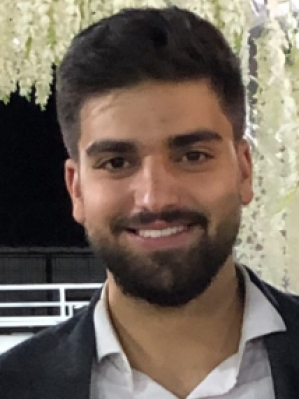Below is a summary of the abstract you submitted. Presenting author(s) is shown in bold.
If any changes need to be made, you can modify the abstract or change the authors.
You can also download a .docx version of this abstract.
If there are any problems, please email Dan at dar78@pitt.edu and he'll take care of them!
This abstract was last modified on March 17, 2021 at 1:39 p.m..

Our objective is to determine whether the intein that invaded the terminase in our phage, Zooman (cluster GD), is inherited horizontally or vertically. Terminases are a part of a multifunctional protein complex that pumps DNA into the head of a phage and determines the right moment to stop it when full. Inteins are self-splicing genetic elements that excise themselves from the protein and join the remaining portions, called exteins, with a peptide bond via protein splicing. To determine the inheritance pattern, we started by using the Zooman terminase as query for blast searches of the NCBI and PhagesDB databases. The matches in the NCBI non-redundant database contained many sequences from bacteria rather than phages. Inspecting the genes neighboring the terminase match in the bacterial genomes, revealed that the terminase in the bacterial genomes were part of prophages. We then calculated a multiple sequence alignment with the terminases for other phages that are most similar to Zooman. We found that the terminases in different phages and prophages have been invaded by inteins that target two different insertion sites about 40 amino acids apart. We also did a sequence-based reconstruction of the evolutionary history of the terminase inteins and exteins of five different phages: Pumpernickel, A3Wally, PauloDiaboli, Zooman, and Cece. The obtained intein and extein phylogenies showed significant conflict suggesting that the intein was transferred at least once between phages in the GD cluster.

